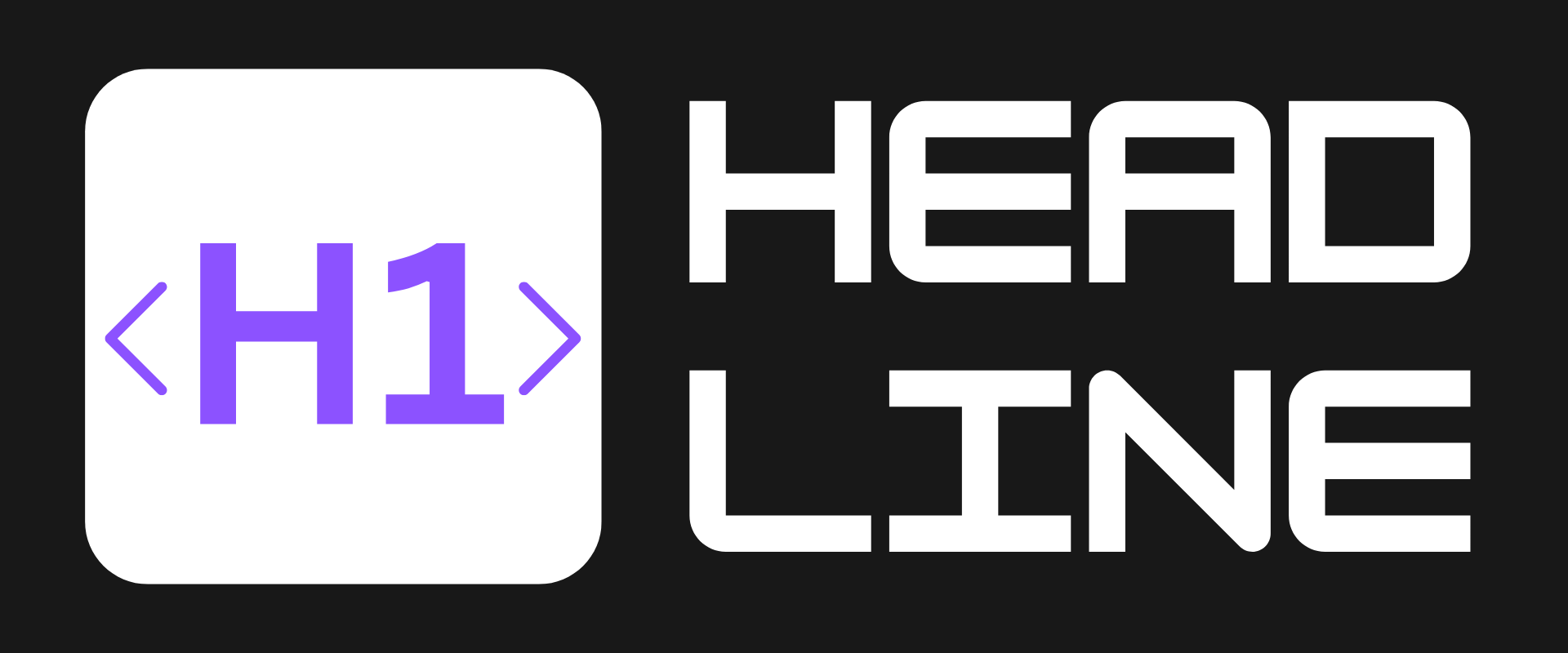Can AI Break China’s Grip on Critical Minerals? The Pentagon Bets Big on a Private Sector Gambit

The U.S. is betting on AI to outmaneuver China in the race for critical minerals—but will it work?
As tensions over clean energy and defense tech escalate, the U.S. Department of Defense has quietly handed its AI-powered metals forecasting program to a private non-profit. The goal? To help Western companies secure mineral supply chains free from Chinese dominance. Let’s dive into this high-stakes experiment.
🌍 The Problem: China’s Stranglehold on Critical Minerals
- 🇨🇳 China controls 60-80% of global rare earths, germanium, and gallium production—metals essential for EVs, semiconductors, and missiles.
- 📉 Market Manipulation: Chinese firms in Indonesia and Congo have flooded markets with nickel and cobalt, driving prices below production costs to squeeze Western rivals.
- 🛑 Export Restrictions: Beijing’s recent curbs on gallium and germanium exports exposed vulnerabilities in U.S. defense and tech supply chains.
- 🏭 U.S. Infrastructure Gap: America has just two copper smelters, forcing reliance on imports for 50% of its copper needs.

✅ The Solution: The Pentagon’s AI Model Goes Private
The Critical Minerals Forum (CMF), a new non-profit, now runs the Pentagon’s AI program with a bold vision: use machine learning to predict mineral prices and supplies while sidelining Chinese market distortions.
- 🤖 AI Forecasting: Analyzes 70+ datasets (labor costs, tariffs, geopolitical risks) to model prices 15+ years ahead. Example: predicting U.S. nickel supply if Indonesia faces 100% tariffs.
- 🤝 30+ Founding Members: Volkswagen, MP Materials, and RTX are using the tool to negotiate long-term supply deals with Western miners.
- 💰 Pentagon Backing: Funded through 2029 via DARPA, with plans to expand to Zambia and Congo—key cobalt and copper producers.
- 🔒 Data Edge: Combines proprietary info from FactSet, U.S. Commerce Department, and price agencies—unlike generic AI models like ChatGPT.
⚠️ The Challenges: Skepticism and Complexity
- 🚧 “Machine Learning Doesn’t Help”: Ian Lange, a mining economist, compares it to failed oil price models: “Can we predict oil better now? No.”
- 📊 Data Reliance: Accuracy hinges on opaque datasets—some non-public—from governments and firms.
- 💸 Green Premiums: Will manufacturers pay above market rates for “secure” minerals? Phoenix Tailings hopes so, but buyers may balk.
- 🌏 Geopolitical Wildcards: China’s WTO-compliant export policies could still disrupt AI forecasts.
🚀 Final Thoughts: A High-Risk, High-Reward Play
The CMF’s success hinges on three factors:
- 📈 Transparency vs. Secrecy: Can it share enough data to build trust without exposing strategic insights?
- 🤖 AI Adoption: Will miners and manufacturers actually base billion-dollar deals on its predictions?
- 🌍 Global Buy-In: Zambia and Congo’s potential involvement could shift momentum—or deepen resource nationalism.
Is this the blueprint for a Western critical minerals renaissance—or a high-tech gamble destined to fizzle? What do you think?
Let us know on X (Former Twitter)
Sources: Ernest Scheyder. Pentagon's AI metals program goes private in bid to boost Western supply deals, May 1, 2025. https://www.reuters.com/business/autos-transportation/pentagons-ai-metals-program-goes-private-bid-boost-western-supply-deals-2025-05-01/










